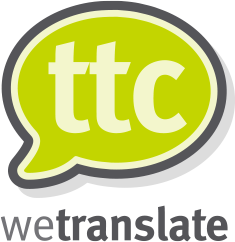What is the difference between European French and Canadian French?
👉 Here are some differences worth knowing
European French: Heritage in Communication
Originating from France, European French serves as the official language, carrying a rich cultural heritage into its linguistic expressions.
Canadian French: A Fusion for Business Success
Shaped by the coexistence of English and French-speaking communities, Canadian French offers a unique fusion that resonates with the diverse Canadian identity.
1️⃣ Breuvage vs. Boisson: In Paris, a beverage is typically referred to as “boisson.” The word “breuvage,” while understandable, might raise eyebrows, as it carries an unexpected negative connotation in France.
2️⃣ Portable vs. Cellulaire: When discussing your cell phone in Paris, “portable” is the go-to term. However, in Canada, “portable” might cause confusion, as it’s more commonly associated with a laptop. Opt for “cellulaire” to ensure clarity.
3️⃣ Dépanneur vs. Arabes: In Quebec, “dépanneur” is the term for your local convenience store, a linguistic gem unique to the region. In France, there’s no universal equivalent, but Parisians call them “arabes,” showcasing the intriguing diversity within the French language.
4️⃣ Gosse: Innocence vs. Surprise: In France, “gosse” is a charming, endearing term used to describe a child in an innocent and playful manner. However, in Canadian French, “les gosses” refer to a wholly different subject—testicles! 🙊
These examples serve as a poignant reminder of the importance of linguistic nuance in global business.
👉 Misinterpretations, especially in branding and marketing, can lead to unintended consequences that may damage your brand’s reputation.
Reach out to usfor a free consultation – we’re here to help you with your language requirements.
Contact us for a free, no-obligation Translation Quote



